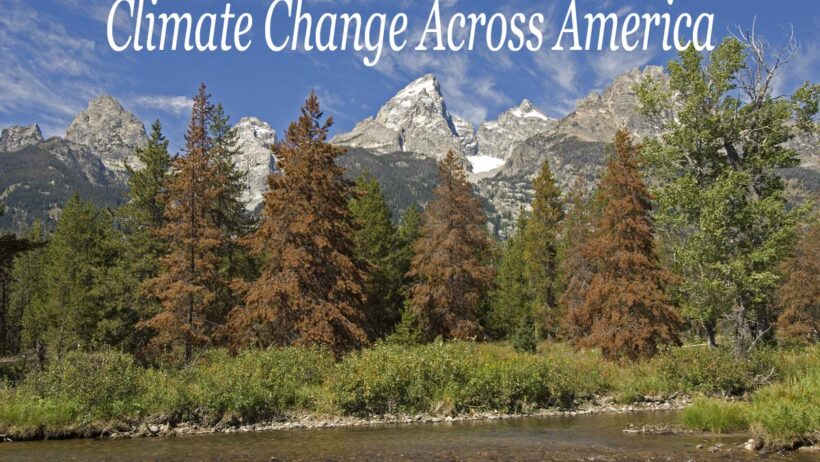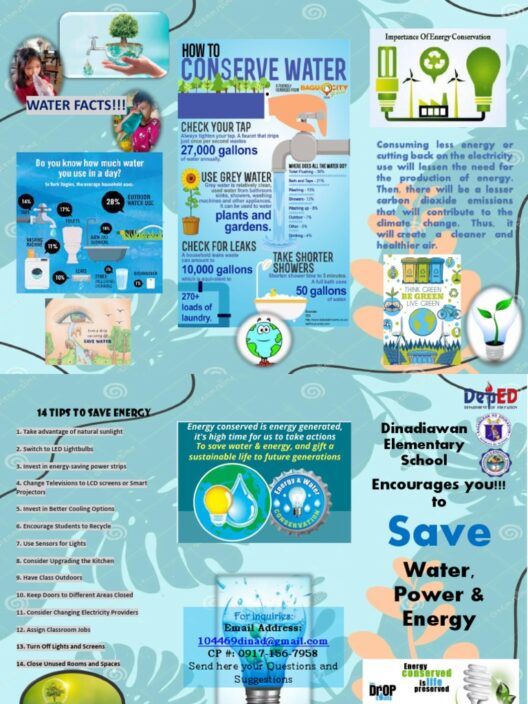The climate of America is a multifaceted phenomenon, shaped by its vast geography, diverse ecosystems, and varying altitudinal gradients. Encompassing over three million square miles, the United States boasts a plethora of climatic zones—each with distinct characteristics that contribute to the country’s complex weather patterns. From the arid deserts of the Southwest to the temperate rainforests of the Pacific Northwest, the climate of America illustrates the intricate interplay between land and atmosphere.
One of the primary factors influencing climate across the United States is latitude. The country stretches from the northernmost reaches of Alaska down to the subtropical climates of Florida, resulting in significant temperature variances. For instance, during winter, areas in the northern states such as Minnesota experience frigid temperatures that plunge well below zero, while southern states enjoy milder winters with balmy conditions.
The influence of elevation cannot be understated either. The Rocky Mountains, which span from North to South, create microclimates that differ markedly from the surrounding lowlands. As elevation increases, temperatures typically cool, leading to snowpack accumulation in winter and a unique ecological niche for various flora and fauna. This gradient of climate can be quite pronounced; the alpine tundra near the peaks of the Rockies can experience harsh, cold conditions, while the foothills might boast sunnier, warmer weather, illustrating the climatic contrast within short distances.
Coastal climates also play a crucial role in the overall climate of America. The Atlantic and Pacific Oceans moderate temperatures along the coasts, resulting in milder weather compared to the continental interiors. Coastal California, for instance, enjoys a Mediterranean-like climate with wet winters and dry summers, significantly differing from the continental climate of the Central Plains, which experiences extreme temperature fluctuations throughout the year. Moreover, ocean currents—like the warm Gulf Stream along the East Coast—further modulate temperatures and precipitation patterns.
In addition to these natural influences, phenomena such as El Niño and La Niña have significant impacts on regional climates. These oscillations in ocean temperatures can lead to increased precipitation or drought conditions, altering the expected weather patterns across various states. Understanding these dynamics is crucial for agricultural planning, water resource management, and disaster preparedness.
A notable feature of American climate is its propensity for severe weather events. Tornadoes, particularly concentrated in “Tornado Alley,” wreak havoc during spring months. These violent storms can produce winds exceeding 300 miles per hour, resulting in devastating destruction. Similarly, hurricanes can batter the southeastern states, leaving communities grappling with flooding, storm surges, and destruction. In contrast, the Western states may experience wildfires, exacerbated by prolonged drought periods and heatwaves, contributing to significant environmental changes.
The impact of climate change is becoming increasingly apparent across the United States. Rising temperatures contribute to longer growing seasons, but also heighten the frequency of extreme weather events. Ice caps and glaciers in the northern regions are rapidly melting, causing concerns for rising sea levels, which threaten coastal communities. Furthermore, shifting weather patterns pose challenges for biodiversity and ecosystems, as native species struggle to adapt to new conditions, leading to ecosystem destabilization.
The effects of climate change also extend into the hearts of urban areas. Cities such as New York and Los Angeles are experiencing urban heat island effects, where temperature in urban regions rises significantly higher than surrounding rural areas due to human activities and infrastructure. This exacerbates energy consumption, air pollution, and public health issues related to heat exposure.
The agricultural sector faces significant challenges as well. Crop yields are affected by erratic rainfall, extreme temperatures, and shifting pest populations. Farmers must adopt innovative practices that increase resilience to climate variability, including crop diversification, sustainable land management, and water-efficient irrigation systems. Livestock operations are similarly impacted, with heat stress affecting animal health and production.
Despite these challenges, there is a burgeoning awareness and action across the nation dedicated to addressing climate issues. Grassroots movements, environmental organizations, and local governments are spearheading initiatives to promote sustainability, reduce carbon footprints, and advocate for policies aimed at mitigating climate change. Clean energy solutions, such as solar and wind power, are gaining traction as viable alternatives to fossil fuels, illustrating a commitment to a cleaner, more sustainable future.
Education plays a pivotal role in raising awareness about the climate of America. Schools, universities, and community organizations are increasingly emphasizing climate literacy, empowering individuals with knowledge to make informed decisions. Public discourse about environmental policy is rising as citizens demand action from their leaders to protect the environment and ensure a sustainable future for generations to come.
In conclusion, the climate of America is shaped by various factors, resulting in diverse weather patterns and challenges. As climate change intensifies, understanding these intricacies becomes essential for developing strategies to adapt and mitigate its effects. By fostering awareness and encouraging sustainable practices, a collective effort can be made to protect the intricate tapestry of America’s climate while enhancing resilience against future challenges. Together, the commitment to preserving the environment and addressing climate change will pave the way for a sustainable future for all.






